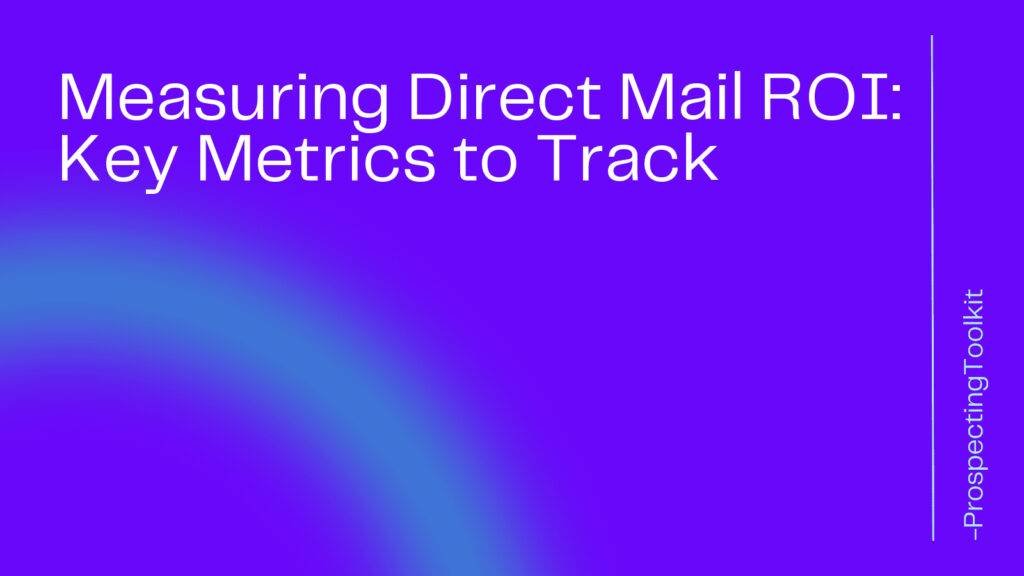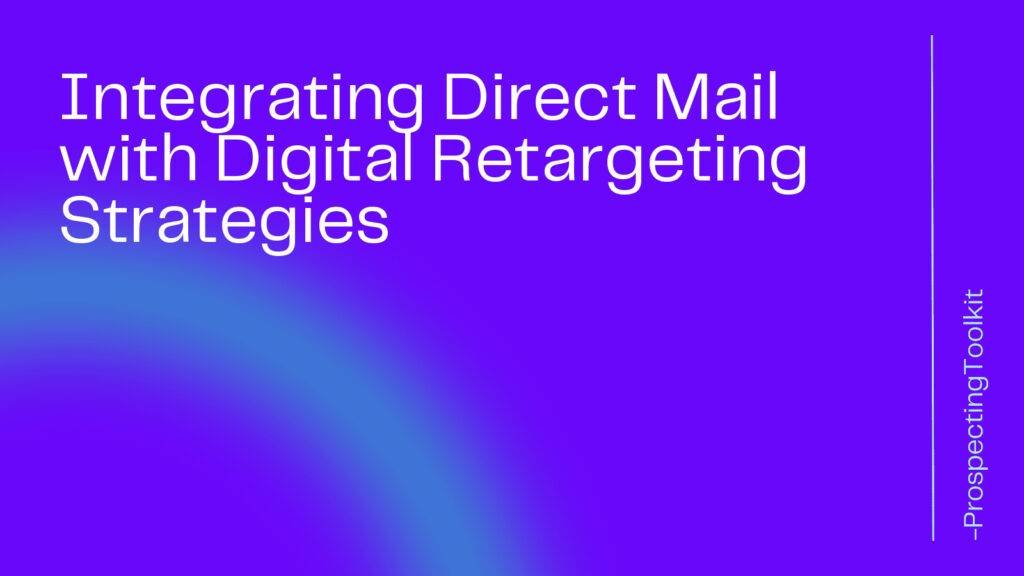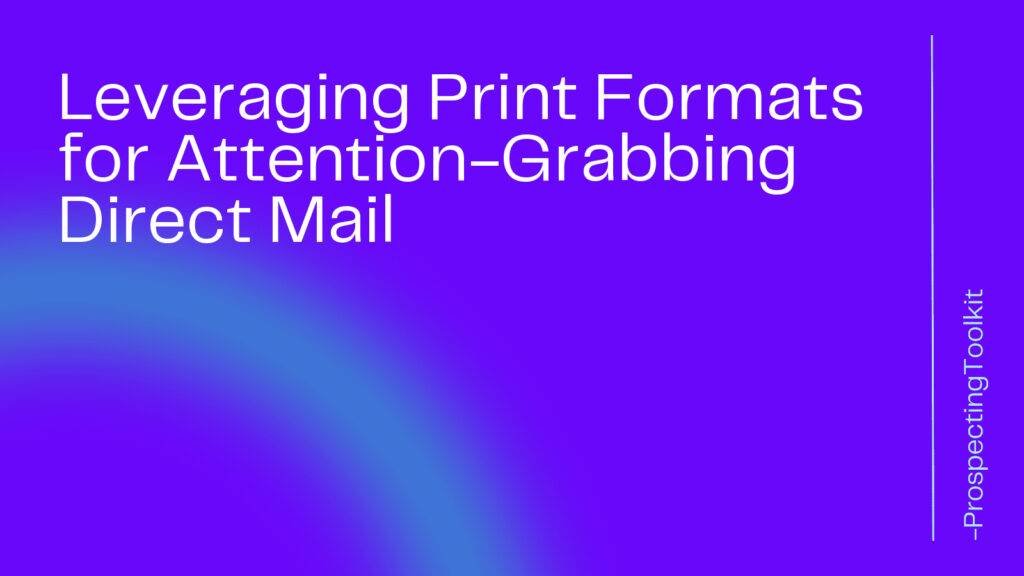In the world of B2B sales, the ability to persuade and influence decision-makers is crucial.
The success of a B2B salesperson often hinges on their understanding of human behavior and their ability to apply that knowledge effectively.
This is where the principles of behavioral economics come into play. By understanding how people make decisions and what motivates them, B2B sales professionals can enhance their persuasive techniques and increase their chances of closing deals.
In this article, we will explore the science of persuasion and how it can be applied to B2B sales.
Table of Contents
ToggleThe Power of Behavioral Economics
Behavioral economics is a field that combines elements of psychology and economics to understand how individuals make decisions.
Traditional economic theory assumes that people are rational and always act in their best interest.
However, behavioral economics recognizes that humans are not always rational and are often influenced by cognitive biases and emotions.
In the context of B2B sales, understanding these cognitive biases and emotions can be incredibly valuable. By tailoring sales strategies to align with these biases and emotions, sales professionals can increase their chances of success.
Let’s explore some key principles of behavioral economics and how they can be applied to B2B sales.
Principle 1: Social Proof
One of the most powerful principles of persuasion is social proof. People are more likely to take action if they see others doing the same. In B2B sales, this can be applied by showcasing testimonials and case studies from satisfied customers. By demonstrating that others have had success with your product or service, you create a sense of trust and credibility.
Additionally, leveraging social proof can be done through the use of industry influencers or thought leaders. By associating your brand with respected individuals in the industry, you can further enhance your credibility and influence decision-makers.
Principle 2: Scarcity
The principle of scarcity states that people value things more when they are scarce or in limited supply. In B2B sales, this can be applied by creating a sense of urgency and exclusivity. For example, offering limited-time promotions or exclusive deals can create a sense of FOMO (fear of missing out) and prompt decision-makers to take action.
Another way to leverage scarcity is by highlighting the unique features or benefits of your product or service. By emphasizing what sets you apart from the competition, you create a perception of exclusivity and desirability.
Principle 3: Anchoring
Anchoring is a cognitive bias where individuals rely heavily on the first piece of information they receive when making decisions. In B2B sales, this can be used to your advantage by strategically presenting pricing options. By starting with a higher-priced option, you anchor the buyer’s perception of value. Subsequently, when you present a lower-priced option, it appears more affordable and attractive in comparison.
Anchoring can also be applied when presenting data or statistics. By starting with a compelling and attention-grabbing statistic, you can anchor the listener’s perception and make subsequent information more memorable and impactful.
Principle 4: Reciprocity
Reciprocity is the principle that states people feel obligated to return favors or acts of kindness. In B2B sales, this can be applied by offering something of value upfront. This could be in the form of a free consultation, a personalized report, or access to exclusive resources. By providing value before asking for a commitment, you create a sense of indebtedness and increase the likelihood of a positive response.
Principle 5: Framing
Framing refers to how information is presented and can significantly influence decision-making. In B2B sales, framing can be used to highlight the positive aspects of your product or service. By framing your offering in terms of the benefits it provides and the problems it solves, you create a compelling narrative that resonates with decision-makers.
Additionally, framing can be used to address objections or concerns. By reframing objections in a positive light and providing solutions, you can overcome resistance and move the sales process forward.
Frequently Asked Questions (FAQ)
How can I apply the principles of behavioral economics to my B2B sales strategy?
To apply the principles of behavioral economics to your B2B sales strategy, start by understanding your target audience and their decision-making process. Then, tailor your sales approach to align with the cognitive biases and emotions that influence their decisions. Leverage social proof, create a sense of scarcity, use anchoring techniques, offer value upfront, and frame your offering in a compelling way.
Are there any ethical considerations when using behavioral economics in B2B sales?
While behavioral economics can be a powerful tool in B2B sales, it is essential to use it ethically. Avoid manipulative tactics and focus on building genuine relationships with your clients.
How can social proof be effectively used in B2B sales?
Social proof can be effectively used in B2B sales by showcasing testimonials and case studies from satisfied customers. It is also beneficial to leverage industry influencers or thought leaders to enhance credibility. By demonstrating that others have had success with your product or service, decision-makers are more likely to trust and choose your offering.
How can scarcity be created in B2B sales?
Scarcity can be created in B2B sales by offering limited-time promotions or exclusive deals. By emphasizing that the offer is only available for a limited period or to a select group of customers, you create a sense of urgency and exclusivity. This can prompt decision-makers to take action and make a purchase before the opportunity is gone.
How can anchoring be used to influence B2B sales decisions?
Anchoring can be used to influence B2B sales decisions by strategically presenting pricing options. By starting with a higher-priced option, you anchor the buyer’s perception of value. Subsequently, when you present a lower-priced option, it appears more affordable and attractive in comparison. Anchoring can also be applied when presenting data or statistics to make the information more memorable and impactful.
Conclusion
In the world of B2B sales, understanding the principles of behavioral economics can give you a significant advantage.
By applying the principles of social proof, scarcity, anchoring, reciprocity, and framing, you can enhance your persuasive techniques and increase your chances of closing deals.
Remember to use these principles ethically and focus on building genuine relationships with your clients. By mastering the science of persuasion, you can become a formidable force in the world of B2B sales.
So, are you ready to apply the science of persuasion to your B2B sales strategy? Start implementing these principles today and watch your sales soar to new heights.
Now, go out there and make those deals happen!







